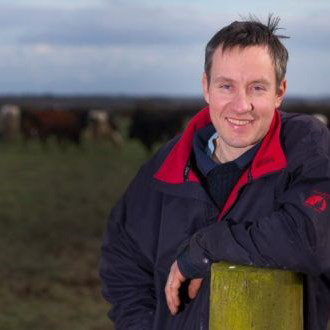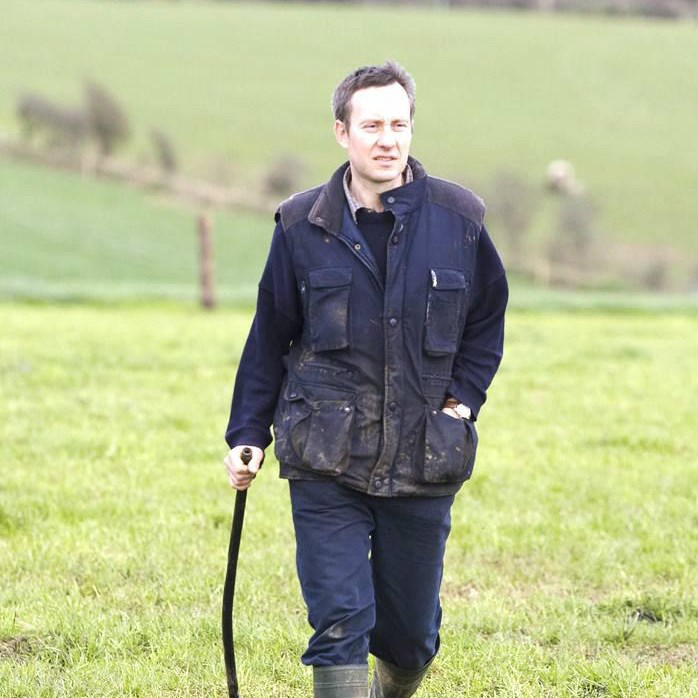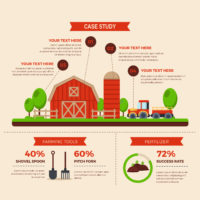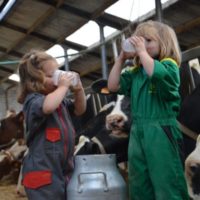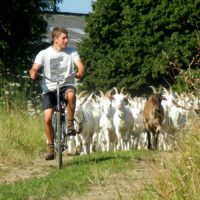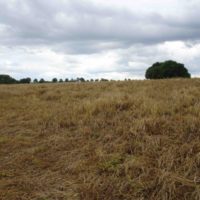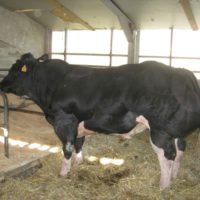Description
- Increase output, more profitable system
- Job satisfaction, economically more sustainable
- Getting used to the dairy animal and the dairy system
- More profitable system
- Economic results
- Farmer focus: planning, bank loans, knowledge, new investments
- Support team
- Discussion groups
- Increase profits
Reason for the innovation
Increase output while minimising costs:
- Pasturebase
- Planning
- Bank loans and repayments
- New knowledge
Farm description
Environment
- Soil type: Clayey-loam
- Climate type: Temperate Oceanic Climate
- Agricultural area (ha UAA): 140
- Arable land area (ha): 44
- Permanent grassland area (ha): 96
- Average stocking rate (agriculture area) (LU/ha UAA): 2.4
- Average stocking rate (grassland area) (LU/ha): 2.8
- Altitude: Variation across the farm (200m)
- Slope: Variation across different paddocks (20%)
Grassland management
- Grazing: Yes
- Grazing management type: Rotational grazing
Structure
- Annual work units (AWU): 2.5
- Main animal type: Dairy
- Number of animals (heads): 300
- Total Livestock unit (LU): 270
- Number of reproductive animals (heads): 280
- Breed type 1: Fr*Je
- Breed type 2: Fr
Animal performance
- Milk production per head (l/year/dairy animal): 5000l
- Grassland management type: Rotational
- Length of grazing period: 280 days
- Fertilization rate (kg N/ha): 245
Why it is working
- Increase output, more profitable system
- Job satisfaction, economically more sustainable
- Getting used to the dairy animals and the dairy system
- More profitable, sustainable system
- Planning, bank loans, knowledge, new investments
- Support team
- Discussion groups
- Pasturebase
